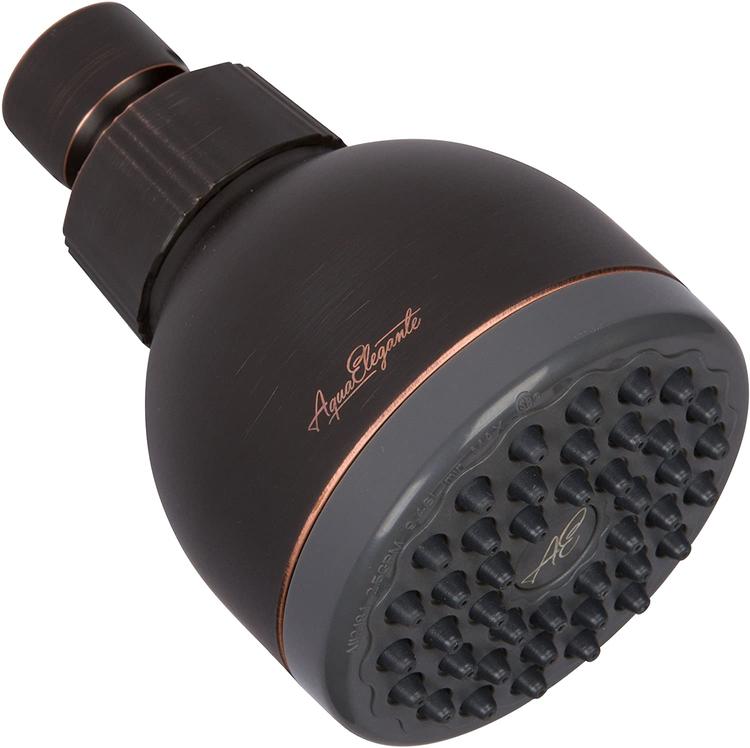Government mandates are an easy target. I mean, do we really need a bunch of stuffed suits in D.C. telling us how to design showerheads?
But as tempting as it may be for the U.S. Department of Energy to throw out the rulebook on bathroom fixtures (and I can’t believe I’m about to type this), please, please, please, government bureaucrats, don’t touch that mandate on lower flows.
The department wants to loosen a regulation that limits the flow on showerheads to 2.5 gallons per minute. The rule has been on the books since 1992, but in 2013 the Obama administration clarified that a showerhead should not flow more than 2.5 gallons per minute in total.
Now, the Trump administration says it should be 2.5 gallons per nozzle – meaning a showerhead with four nozzles could flow up to 10 gallons a minute.
That’s a big change – and one that would take Arizona (and the rest of the nation, given looming water shortages in many other places) in absolutely the wrong direction.
I know. Even if the Department of Energy were to make this change, it probably wouldn’t change much, at least initially. Most new showerheads on the market already flow 2 gallons per minute or less.

But the rule matters, because over time it has spurred manufacturers to create more efficient designs, and not just in showerheads. Faucets and toilets – which use more water indoors, on average, each day in metro Phoenix than showerheads – have made big gains in efficiency, thanks to similar mandates.
That is a big reason why we in metro Phoenix are using less water indoors than we were a couple of decades ago. Not by force, not by taxpayer incentive, but by attrition. An appliance breaks, a showerhead begins leaking, and we go to the store to buy a new model that just so happens to be more efficient than what we had – saving water without markedly changing our behavior.
In the grand scheme of regulation, showerhead mandates are minor. The standards have increased predictably over time and are obviously doable for most manufacturers, considering that most already exceed the requirements.
They send the right message about water use – that it’s limited and precious – without sacrificing much in the way of functionality. I couldn’t tell a difference between the new, lower-flow showerhead and the less efficient model it replaced (other than I’m now using 20% less water per shower).
So, as nice as it is to talk about freedom and cutting red tape, the current showerhead rule isn’t broken.
If we walk it back it now, we’ll pay a lot more later.
Reach Allhands at joanna.allhands@arizonarepublic.com. On Twitter: @joannaallhands.
If you love this content (or love to hate it – hey, I won't judge), why not subscribe to get more?